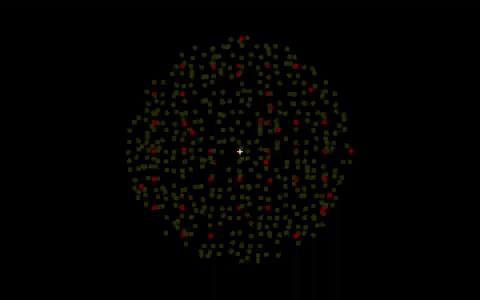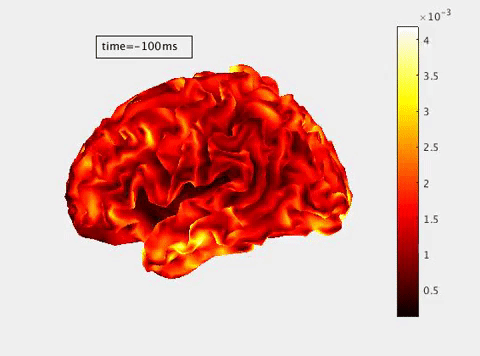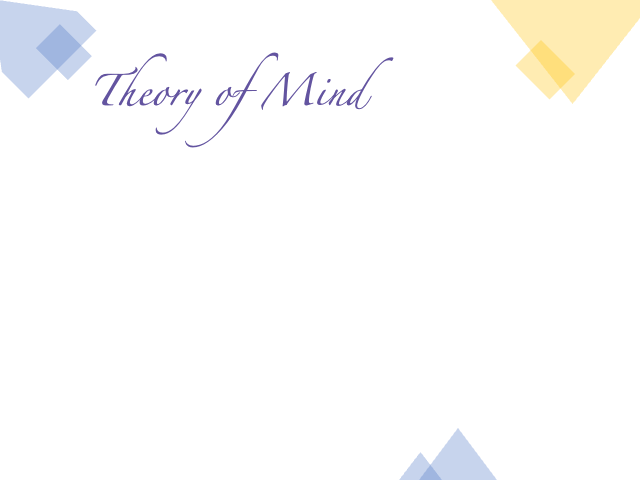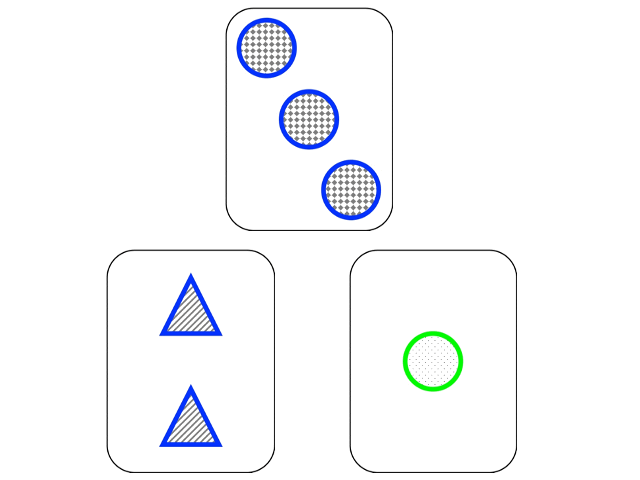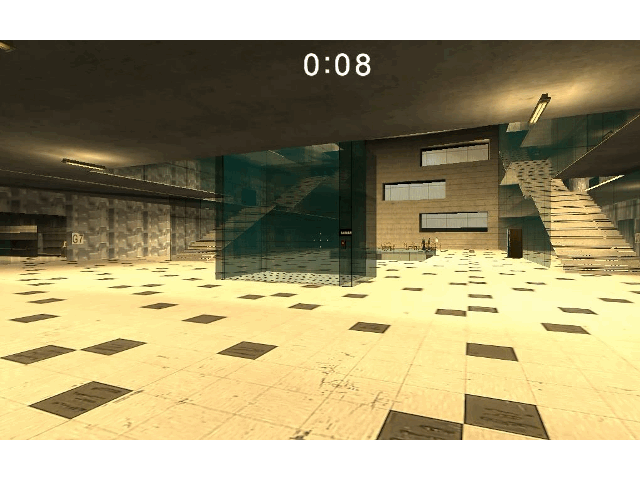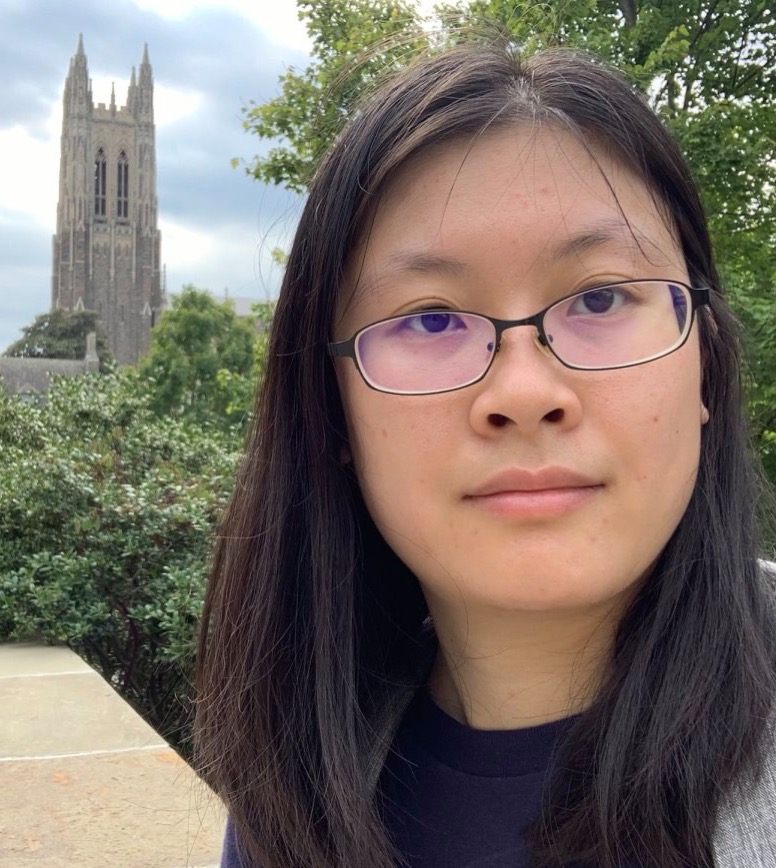
Tanya Wen
Research Scientist
I am a research scientist and with a cognitive neuroscience and psychology background currently working in the tech industry. With over 12 years of research experience (in vision and auditory perception science), I have utilized rigorous experimental design, inferential statistics, along with various tools to understand human behavior, including surveys, electrophysiology, eye-tracking, and virtual reality experiments. I am interested in applying my knowledge in real world settings, including UX research and product development.
I am currently an Applied Perception Scientist working at Meta Reality Labs Research - Audio (contract via Magnit). Previously, I worked as a Research Neuroscientist at the Naval Health Research Center. I earned a bachelor's degree in psychology and double-majored in life sciences at National Cheng Kung University in Taiwan between 2011-2015. Later, I earned my Ph.D. in medical science from the University of Cambridge from 2015-2019, under the supervision of Dr. John Duncan and Dr. Daniel Mitchell at the MRC Cognition and Brain Sciences Unit. From 2019-2022, I worked as a postdoctoral associate with Dr. Tobias Egner at the Center for Cognitive Neuroscience at Duke University.

